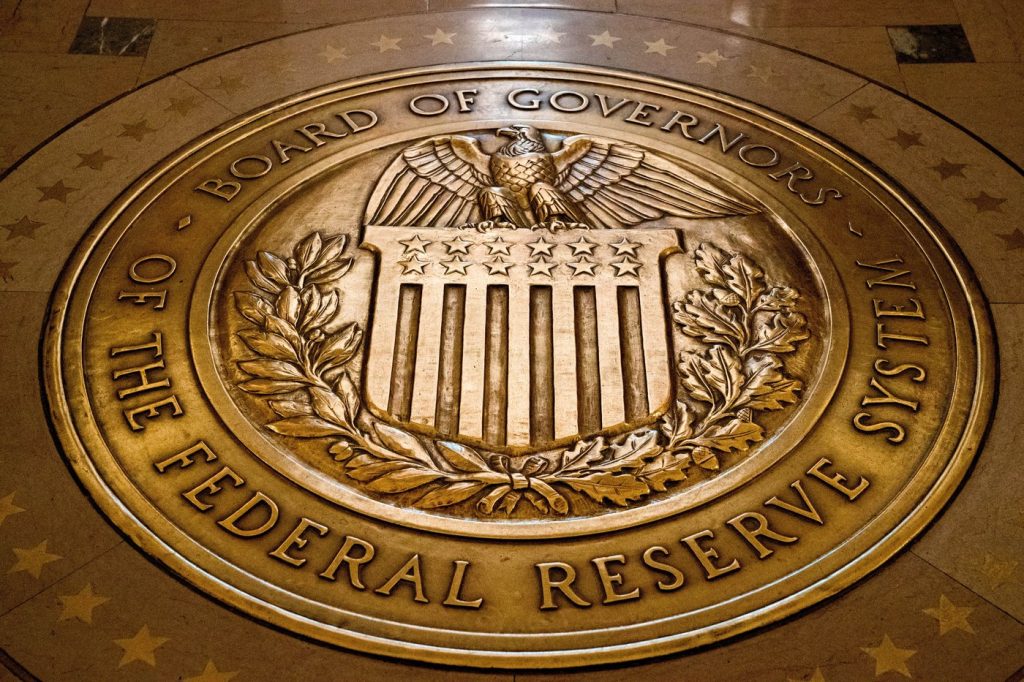In a highly anticipated Federal Reserve meeting this week, the decision regarding interest rates, typically a focal point, is just one of many uncertainties to be addressed. Scheduled for Tuesday and Wednesday, the meeting will likely include Lisa Cook, a governor facing potential removal by an appeals court effort initiated by former President Donald Trump. Additionally, Stephen Miran, a top White House economic aide nominated by Trump for an empty Fed board seat, may also attend, with these uncertainties expected to be resolved by late Monday.
Amid this backdrop of political drama, the U.S. economy is confronting significant challenges. Hiring trends have sharply declined, while inflation persists at elevated levels, prompting the Federal Reserve to grapple with conflicting priorities. Federal Reserve policymakers must weigh whether to prioritize the rising unemployment and job-seeking struggles of many Americans or to address the difficulties consumers face in managing increased costs for essential goods and services. The Fed’s mandate obligates it to balance the goals of achieving stable prices along with full employment.
Currently, Fed Chair Jerome Powell and other officials have indicated that the central bank is prioritizing concerns related to weakened job growth. This focus has led investors to anticipate a reduction in the benchmark interest rate by a quarter point, decreasing it to approximately 4.1% during the Wednesday announcement. However, the persistent inflation could compel the Fed to adopt a more measured approach, limiting the extent of any rate cuts. On Wednesday, the Fed is also set to release its quarterly economic projections, which are expected to reveal expectations of one or two additional interest rate reductions in 2023, alongside multiple cuts in the following year.
Ellen Meade, an economics professor at Duke University and former senior economist at the Fed, noted the stark difference from the early pandemic period. During that time, the Fed felt an urgent need to lower rates quickly to support the economy. In 2021 and 2022, rising inflation prompted decisive rate hikes. However, the current economic landscape is marked by uncertainties that complicate decision-making, resulting in divided opinions among Fed members about the appropriateness of pursuing rate cuts.
Adding to the complexity is Trump’s unprecedented political pressure on the Fed, as he demands significant rate reductions, seeks to remove Cook, and publicly disparages Powell with derogatory remarks. Loretta Mester, a former president of the Federal Reserve Bank of Cleveland, remarked that such external criticisms shouldn't influence the Fed's policy decisions, yet they represent unfortunate attempts that could undermine the institution’s credibility with the public.
According to David Andolfatto, an economics professor at the University of Miami, past presidents have exerted pressure on Fed chairs, but the current level of personal and public attacks is unparalleled. He described the situation as "beyond the pale," highlighting the unusual and disrespectful dynamics at play.
The structure of the Fed typically allows for 12 officials to vote on policy at each meeting—the seven governors of the Fed and five of the twelve regional bank presidents, voting on a rotating basis. Should the court rule against Cook or delay Miran's approval, only eleven officials may vote. Regardless, there likely remains sufficient support for a quarter-point rate cut. Still, significant dissent may arise, potentially from those advocating for a larger half-point reduction or from regional presidents opposing any cuts entirely. This week, Beth Hammack, president of the Cleveland Fed, and Jeffrey Schmid, from the Kansas City Fed, have expressed concern that inflation has been above the Fed’s 2% target for over four years.
Such divisions within the central bank reflect a broader atmosphere of economic uncertainty. Recent labor data shows a troubling trend, with employers shedding jobs and only modest employment increases reported in prior months. Additionally, inflation measurements indicate a rise in core prices, exacerbating the Fed's dilemma regarding monetary policy moving forward.
In light of the ongoing economic pressures, any movement toward additional rate cuts could further frustrate the Trump administration, especially given the rising inflation rates. As economists like Meade have indicated, the current situation presents complex challenges, igniting reasonable disagreements among officials regarding the appropriate timing and nature of policy adjustments.










